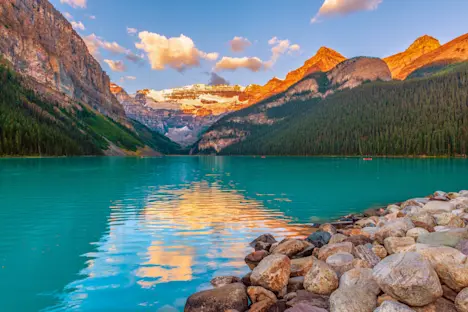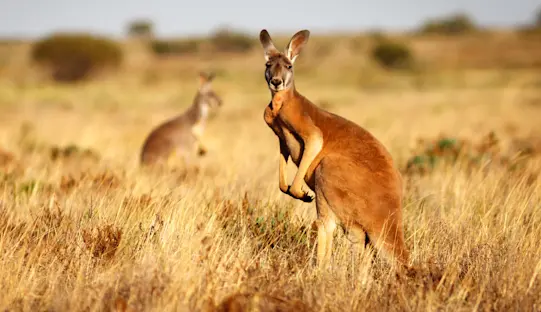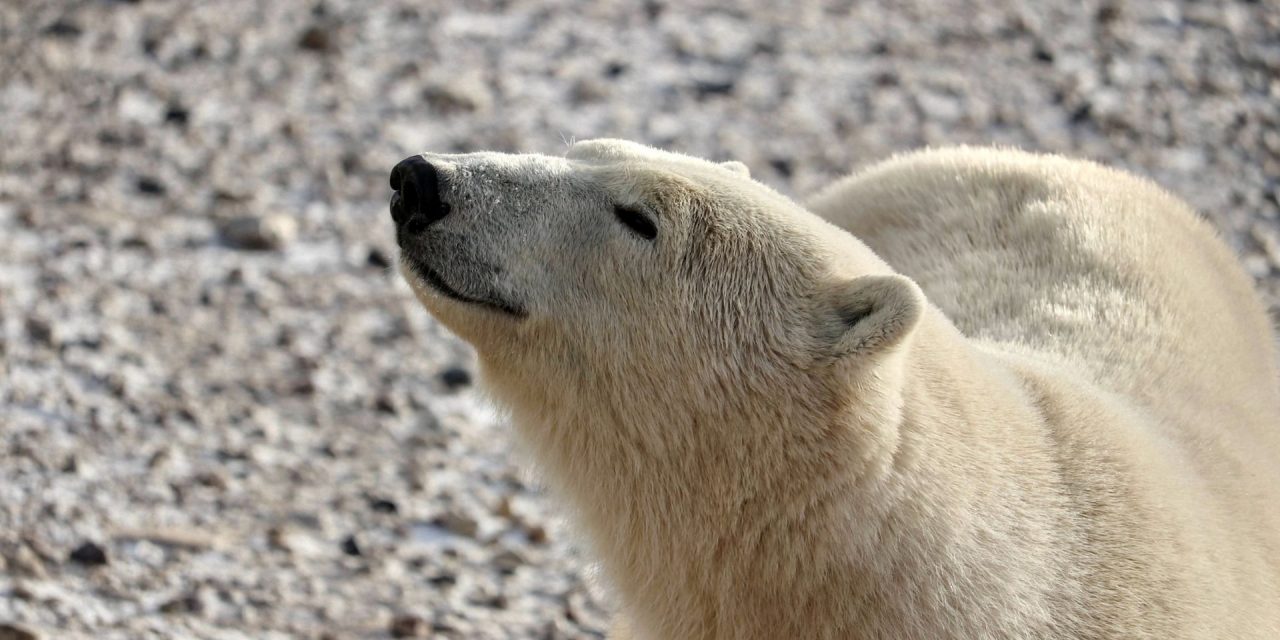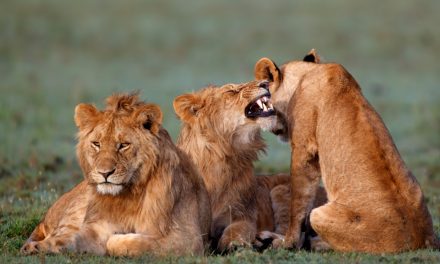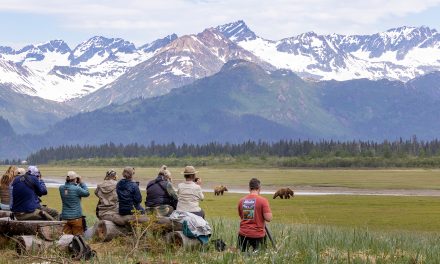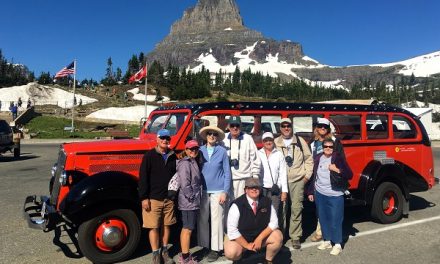By Stephanie Mustonen, Integrated Marketing Specialist at WWF
People are often warned not to go out alone at night. That was one of the first rules I was told when I visited Churchill, Manitoba—though the warning was said with a very specific predator in mind: polar bears.

© Stephanie Mustonen / WWF-US
Churchill sits on the northern edge of Manitoba along the western shore of Hudson Bay. The port town is fixed along the migration path of many polar bears making the town famous for the number of polar bears who are seen in the area. The bears earned Churchill the nickname, “The Polar Bear Capital of the World.”

© Stephanie Mustonen / WWF-US
For a polar bear, the spring and summer months are mostly spent in dens hibernating to save as much energy as possible for the winter when they do most of their hunting.
This leaves the autumn months as a transitional time when the bears emerge from their dens and make their way to the shores of the freezing Hudson Bay patiently waiting for it to fully freeze over. When the ice is thick enough for bears to journey across, they start in search of prey.

The author poses with a polar bear in Churchill, Manitoba © Stephanie Mustonen / WWF-US
Seals swimming beneath the frozen surface create their own breathing holes in the ice to come up for air periodically. Some unlucky seals will pop out of an ice hole for a fresh breath of air and get caught in the strong jaws of a hungry polar bear waiting on top of the ice. Thick in blubber, seals provide the ultimate nutrition and energy for the polar bear who has been waiting months for a good meal. Plus, the extra blubber helps build up the polar bear’s fat stores for the next summer’s rest.
As a tourist in Churchill, we had the privilege of traveling along the shore of the Hudson Bay, sitting nine feet off the ground on a Polar Rover. The vehicle is tricked out with six-wheel drive, heated interiors, and flushable toilets—a feature especially appreciated during an eight-hour journey in the tundra.
The polar bears who have been around Churchill for a while are notably unphased by the giant Rovers patrolling the area. Some are curious enough to approach and investigate us, but as blubber-less options situated above the polar bear’s standing reach, we were silently deemed “not worth the energy” to pursue.

© Stephanie Mustonen / WWF-US
The Rovers have an open back deck to allow for open-air viewing. Temperatures in the fall hover between 20-30 degrees Fahrenheit, but the arctic air is dry and makes the outside feel much colder. Winds coming from the North Pole blow through the tundra and add an extra chill. The cold doesn’t bother the polar bears who are covered in thick fur, but to me, the frigid wind felt sharp and painful as it hit my—excuse the pun—bare skin.
Even with the wind cutting through my skin, my awe-struck expression could not have been shaken; The tundra was incredible. Our tour group was glued to the windows of the rover scouring the area for wildlife. Even though seeing a polar bear was our main goal, arctic hares, foxes and several birds were spotted along the way.

© Stephanie Mustonen / WWF-US
We were fortunate enough to find three male polar bears sparring with each other, taking quick nap breaks every now and then. As we were parked for hours admiring the polar bears, we were as silent as possible so as to not distract the bears from their tussle.
Later, we spotted a mother polar bear sleeping on the ice with her two cubs curled up beside her. I could have spent forever sitting there watching the cubs fidget around their mother to find a comfortable position to nap in.

© Stephanie Mustonen / WWF-US
When we left the tundra to settle back into the town of Churchill, we were encouraged to limit our time spent outdoors when not accompanied by a guide. Polar bears were known to make their way into town from time to time, increasing the chances of human-wildlife conflict.
The day before I arrived in Churchill, there was a polar bear spotted in town and the Churchill residents we met were excited to share with us their own personal polar bear encounter stories. Just like the Churchill locals, I’m just as excited to share my experience with the polar bears in Churchill—as viewed from a safe distance, of course!

© Stephanie Mustonen / WWF-US
See polar bears in the wild yourself on Nat Hab’s fall and summer Churchill adventures!






